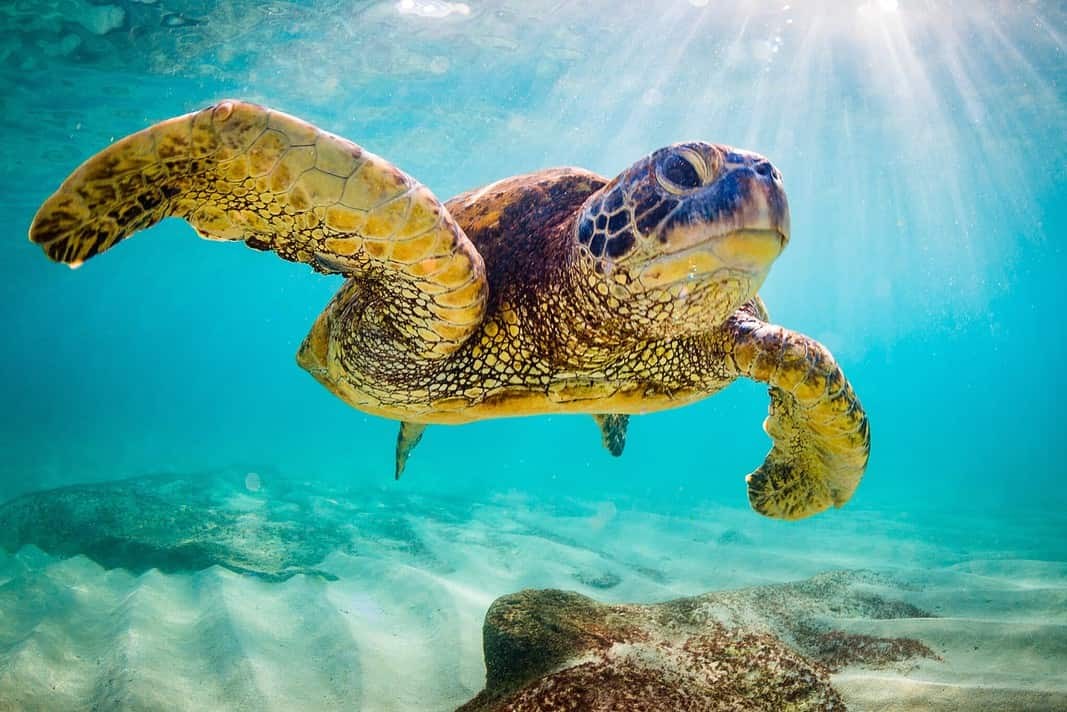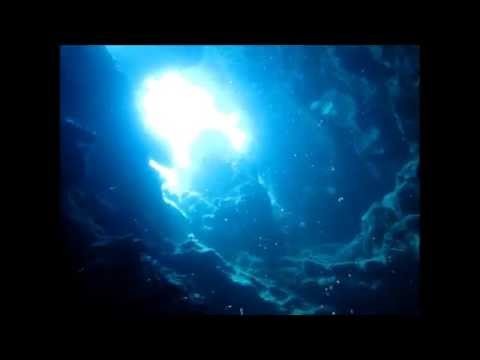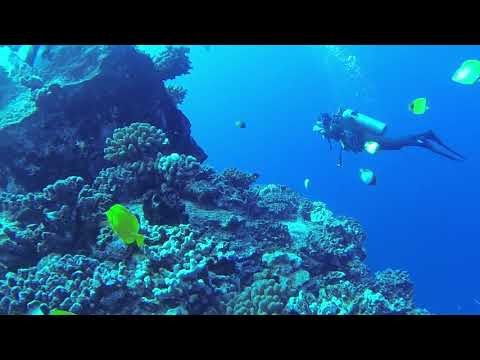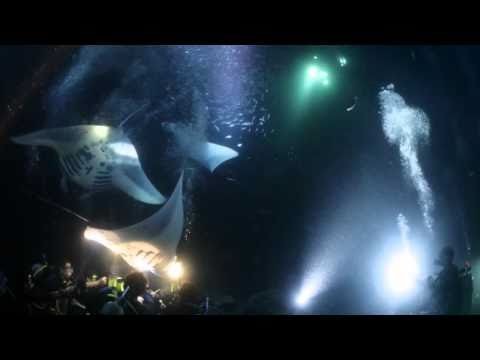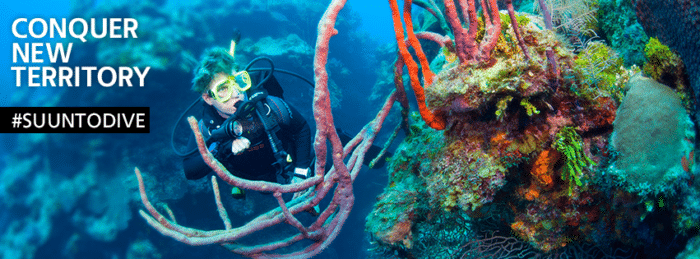Scuba Diving Hawaii is part of our Top Dive Sites of the World
If scuba diving in Hawaii is not on your bucket list, it should be! In fact, it should be on every divers bucket list. Historically better known for surfing, the Hawaiian Islands are slowly but surely becoming one of the world’s top diving destinations, especially for people based on the west coast of North America.
Comprised of 137 islands span 1,500 miles/2,400 km, and while they are part of the United States are tropical islands that are physiographically part of Polynesia. The stunning destination has eight main islands, the “big island” Hawaii, which lends its name to the whole state then Lanai, Kauai, Kahoolawe, Maui, Molokai, Niihau, and Oahu. Most of the northwest of the archipelago is uninhabited and is part of the third-largest marine protected area in the world, the Papahanaumokuakea Marine National Monument.
Location
Kauai – Sheraton Caverns
Sheraton Caverns is home to some stunning geography and topography and plays host to fascinating marine life. The most striking features of the site are three enormous collapsed lava tubes. These tubes take divers straight towards the house beach of the Sheraton Kauai Hotel.
Take a dive light with you since you can spot a wide range of critters, including spiny lobster, reef crabs, and even turkey fish. One thing to remember is that the site is about so much more. There is an abundance of interesting and varied sea life outside the tubes. You can regularly encounter turtles, whitemouth, and yellow margin moray eels when diving Sheraton caverns. If you are lucky and are good at spotting wildlife, you can catch up with a giant anglerfish or a leaf angler fish.
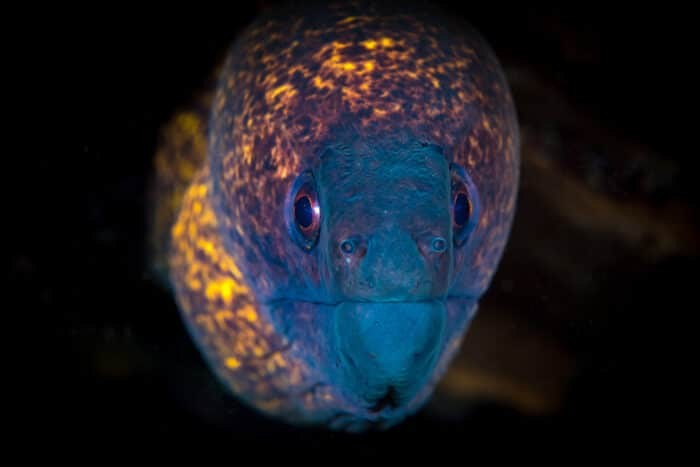
Sheraton Caverns is one of the most fun dives in Hawaii that is open to all levels of divers. The maximum depth of the site is 64ft/~19m, although the typical dive around the area is conducted at a depth of 40ft/12m. due to the fun that the site can prove to be time and time again, it is often nicknamed “the circus” by local divers.
Lani – The First Cathedral
If you are going to dive in Lanai on your Scuba diving Hawaii trip, you can’t miss the First Cathedral. The site gets its name from its topography and the effects it creates. The site is made up of a vast underwater cavern and tunnel. In the middle of the cavern is an altar-like rock illuminated by the light diffusing through holes in the cavern’s roof. The color and eerie nature of the light hitting the rock altar is what inspired the site name. The maximum depth of the site is 65ft/~19m.
Diving the cathedral itself is an adventure; you enter the site through an archway and a tunnel. Once you have enjoyed the atmosphere of the cathedral and a host of critters to be found inside, you can head to the back of the chamber to find an exit which is called the torpedo tube or shotgun. You need to time your run with the surge, and before you know it, the shotgun will spit you out onto the reef wall.
Once outside, the action can get more interesting, with a wide range of marine life on offer. You can regularly encounter sharks and turtles swimming around the wall. A closer look at the wall can see you catching a glimpse of lobster reed fish, including bandit angelfish.
Oahu – The Vought F4U Corsair
Heading over to Oahu, one of the deeper wrecks and most famous in Hawaii is the Vought F4U Corsair. One of the few true diveable wrecks in Hawaii ( the aircraft sank due to engine problems not purposefully to be an artificial wreck), it has been around for over 70 years, having crashed in 1946 due to engine problems on a training exercise.
The wreck likes a little deeper than most on the island, resting on the seabed at 35m/115ft. This makes the Vought F4U Corsair only suitable for advanced divers and also makes it an ideal dive for nitrox divers who want to extend their bottom time a little.
Despite its age, the wreck is in excellent condition. While the wings are now buried in the sand, the cockpit is open, and you can still see the pilot’s seat, rudder pedals, and control stick. A closer examination shows that some of the dials and gauges on the instrument panel still retain their glass covers.
When scuba diving Hawaii the wreck offers some memorable photo opportunities either from the huge number of garden eels that populate the seabed around the wreck or from the Galapagos sharks that hang out in the distance. Alternatively, you can squeeze yourself into the cockpit and sit in the pilot seat for a photo opportunity or even take a picture of the upright but slightly bent propeller. Overall the Vought F4U Corsair is definitely worth adding to your scuba diving Hawaii bucket list.
Maui – Molokini Wall
Molokini wall is a stunning drift dive that is not for the novice diver. The conditions and current make it essential to have some experience before attempting Molokini Wall. The wall is part of a volcanic crater and is stunning, dropping to 300ft/~90meters, although a typical dive is around 80ft/~24m. The site is renowned for excellent visibility, often exceeding 100ft/30meters.
The crater forms part of the Marine Life Conservation District, which has been protected since the 1970s. Due to this, the site is absolutely pristine and teeming with life and healthy, vibrant corals. On the Molokini dives, you can regularly encounter large numbers of grey reef, blacktip, and whitetip sharks. There is also a decent chance of bumping into manta rays and dolphins as well as turtles and a host of other marine life. Over 250 species of fish have been documented in the area, including some that can be found nowhere else.
Trips to dive Molokani are typically a two-tank dive trip due to the site remoteness since it’s a 40-minute boat ride from Maui to get to the site. If you are an experienced diver and plan on scuba diving Hawaii, you need to consider adding Molokini wall to your itinerary; you will not regret it.
Scuba Diving Hawaii Absolute Must: Kona Night time Manta Heaven
If there is one dive experience, you must not miss out on your next scuba diving Hawaii trip; it is night diving with manta rays off Kona. The breathtaking experience is arguably the best diving experience to be had when scuba diving Hawaii.
The water off the coast of Kailua-Kona is rich with plankton. At night lights attract the plankton to congregate in large numbers. As sure as night will follow, day mantas follow their food source plankton into the shallow water to feed.
Over the passage of time and habituation, this night manta feeding triggered by human lights has become a regular habit. Several dive boats create a circle of light, and before you know it, up to 20 mantas show up and start to feed and perform their graceful barrel rolls through the water.
All the action is in the shallows, and it can get very crowded with over 40 divers in the water. Ironically this makes things even better since every diver is equipped with a torch which adds to the light and the plankton attracting even more mantas.
This is an easy dive open to all divers, and even non-divers can experience the action snorkeling from the surface since the action tends to be very shallow. Night diving with manta rays should be the first item on your to-do list when planning to scuba dive Hawaii.
Click here for more Top Dive Sites of the World
Brought To You By
Our Top Dive Sites of the World guide is brought to you by Suunto. We recommend that you use a Suunto Dive Computer when scuba diving or freediving at one of these dive sites. Suunto is the world’s leading dive computer designer and manufacturer providing diving instruments for recreational, technical, and freediving. You can find out more at Suunto.com.

